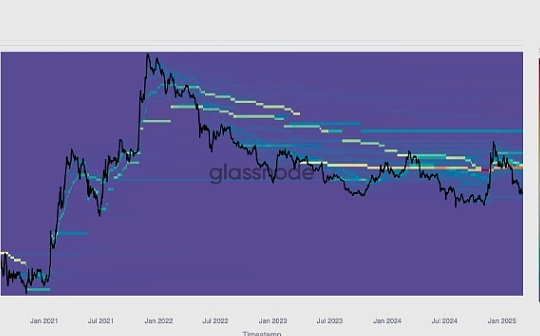From cross-chain bridge to L2, what are the strategic considerations for Orbiter’s transformation?

Reprinted from panewslab
03/11/2025·2MRecently, Tiger Research released an in-depth research report on the cross-chain bridge Orbiter Finance, listing its ultra-high market share data in the mainstream layer2 asset cross-chain, and mentioning that Orbiter is undergoing a strategic transformation from the cross-chain bridge to the Vizing layer2 chain. The question is, since the "business model" of cross-chain bridge is not bad, why do you still have to be ambitious to build the layer2 chain? Come on, let me try to interpret:
- Since Ethereum has set up the rollup-centric layer2 expansion strategy, "cross-chain bridge" has become a key component service connecting the various layer2 message communication and asset communication, and has become the top priority.
However, since the original cross-link path defined by Ethereum is basically L2—>L1—>L2, plus the 7-day challenge time window of OP-Rollup, if the A layer2 chain wants to transfer an asset to the B layer2 chain, in addition to the cross-chain gas fees between the two larger main networks and layer2, there is also a long-term cost of capital locking time.
In this way, most of the assets between layer2 cross-chain either rely on centralized CEX's currency withdrawal centralized solutions, or are like third-party cross-chain bridge protocols such as Orbiter, Hop Protocol, Wormhole, etc.
This is exactly why the report said that Orbiter Finance can maintain its lead in this round of layer2 expansion. According to data disclosure, its market share is roughly 40%, and it causes a unique Maker mechanism. One company accounts for almost 70% of the profits of the cross-chain bridge market. These data can indirectly confirm the success of Orbiter in the cross-chain bridge track.
- However, after Cancun's upgrade, the layer2 market was once in a state of prosperity. The two camps, mainly OP-Rollup and ZK-Rollup, continued to expand vertically, constantly advancing their own technology stack and ecosystem. For example, OP Stack has developed dozens of new layer2s, including Base, as part of its Superchain strategy.
However, both OP Stack and ZK Stack are focusing on developing their own closed ecosystems. Although their wings are gradually becoming fuller, they are increasingly showing a separatist development trend, which leads to further dispersion of layer2 liquidity and the continuous separation of user experience.
In this case, @VitalikButerin has repeatedly come out to call for the hope that layer2 can improve interoperability and has launched a Helios light client to accelerate trustlessness and interoperability between layer2. In addition, many chain abstractions, including @ParticleNtwrk, @ProjectZKM and other chain abstractions and ZK technology service providers have also helped the Ethereum layer2 ecosystem to unify liquidity through the intervention of the third-party interactive operation layer.
This means that Endgame of the Ethereum layer2 ecosystem will definitely build a consistent interoperable operational layer. In other words, if cross-chain bridges such as Orbiter are satisfied with the current "business model", they may eventually face the risk of being eliminated by the market.
- Therefore, it is not difficult to understand why Orbiter has changed from passive to active and launched the Vizing layer2 expansion solution to enable secure and low-cost asset seamless interaction between layer2 multi-chain.
As mentioned above, the other layer2s are the development strategies of the princes, and in front of Vizing, there is probably only one way to go for the "Lianheng" strategy. To this end, the Vizing chain mainly builds three core features:
1. Vizing Account Abstraction (VAA): allows users to manage multiple Layer2 networks with a single account, greatly simplifying user experience, similar to the account unified abstract service provided by chain abstract services;
2. Vizing Environment Layer (VEL): Provide developers with a unified cross-chain development environment, lowering the threshold for ecological construction, which is equivalent to a unified cross-chain communication standard, first unify the standards, and then promote ecological development;
3. Cross-chain information communication between Rollup: Reduce dependence on Ethereum L1, adapt to different layer2 Rollup chains, use unified and standardized interfaces to transmit and communicate information with them, and then provide conditions for efficient and decentralized asset communication between layer2;
above.
In general, under the premise that layer2 inevitably moves towards unified cross-chain interoperability, Orbiter chose to actively "revolutionize" itself and promote a more ambitious and imaginative layer strategy of layer2 interactive operation and sharing layer with more ambitions and imagination.
Moreover, with the subsequent implementation of the Ethereum ecosystem such as ZK-SNARKs, including the expected Beam Chain network upgrade plan, etc., all point to a unified layer2 interoperability ecosystem. Before this, who can truly contribute value to the interoperability of layer2's Omini full chain will directly affect its subsequent ecological niche in the Ethereum ecosystem.


 jinse
jinse